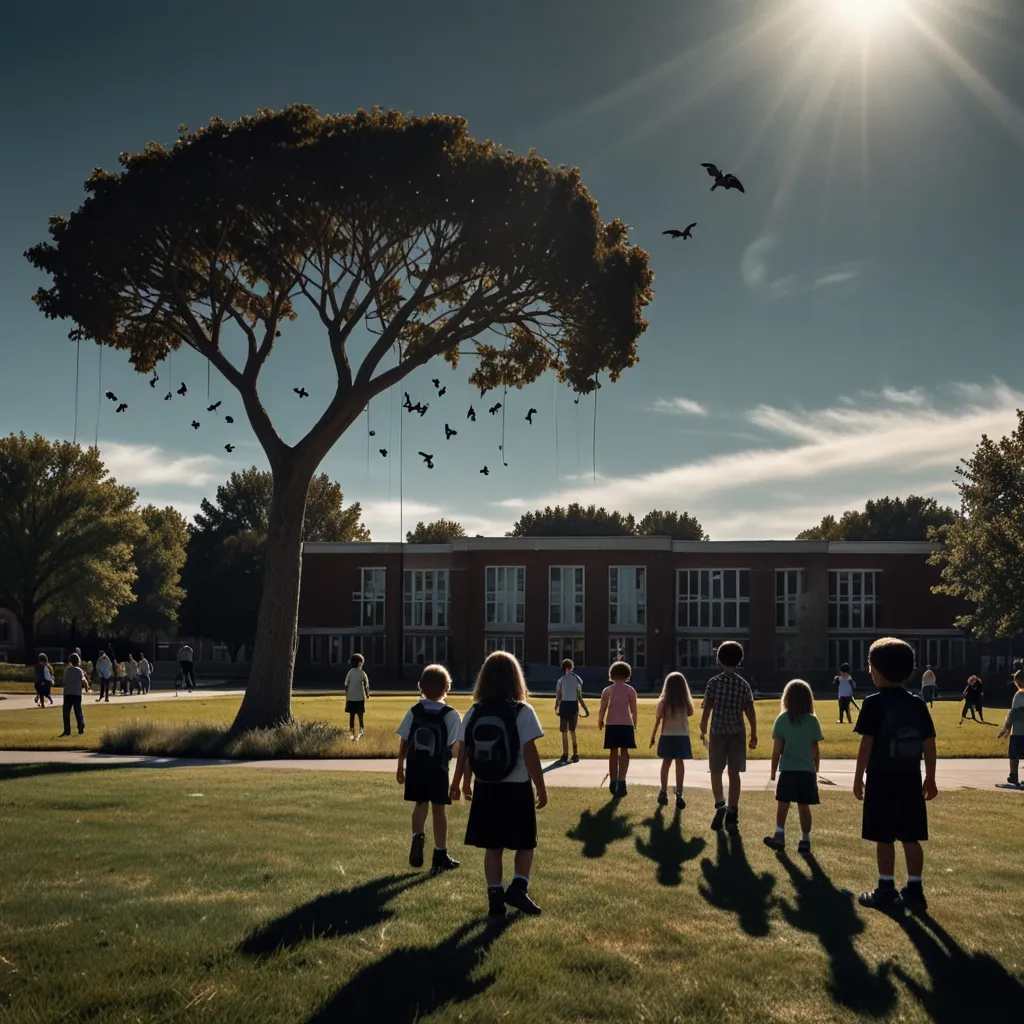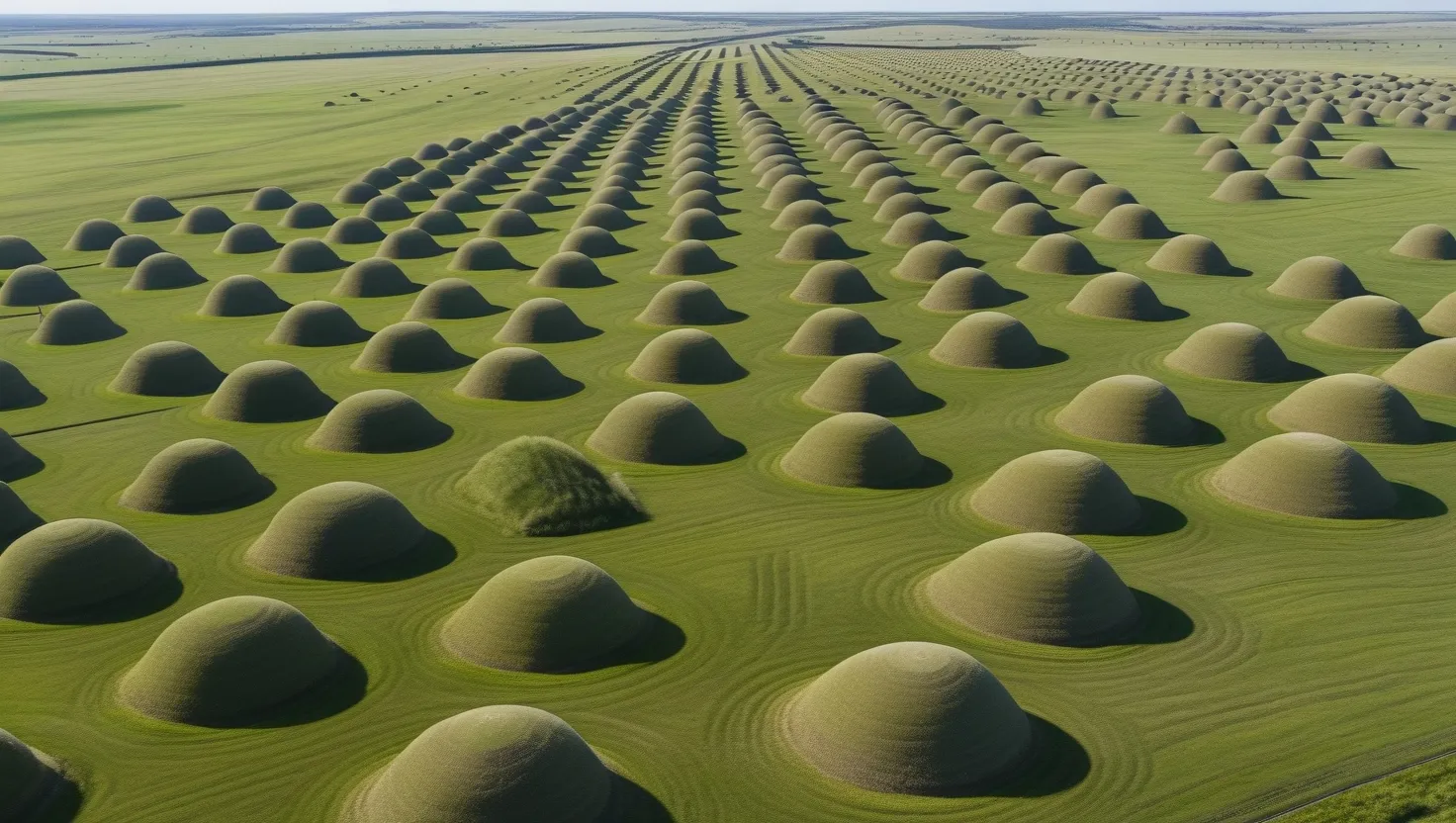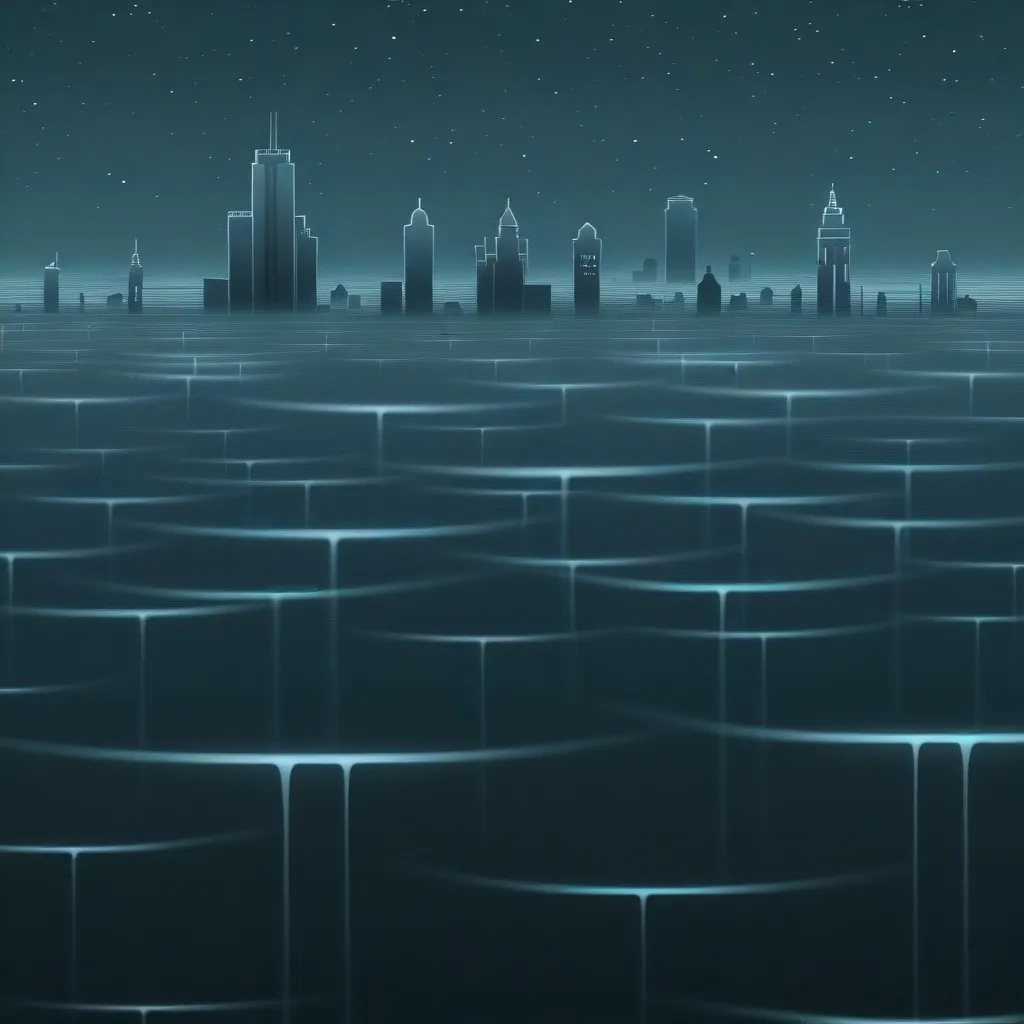It was a cool, clear night on September 14, 1994, in Zimbabwe. Suddenly, what sounded like an explosion shook the nation. Windows rattled and doors quivered, sending people into a mild panic. They emerged from their homes, looked around, and seeing nothing out of the ordinary, shuffled back inside wondering what the heck just happened. But one person wasn’t so quick to brush it off as a fluke.
Cynthia Hind, ever the curious soul and UFO investigator, decided to take matters into her own hands. She cruised around the capital city, Harare, sniffing out any potential source of the noise. Nada. But once back home, her phone wouldn’t stop ringing. The news had an explanation: a sonic boom from a meteor shower. Cynthia wasn’t buying it, especially after hearing about strange lights near Lake Kariba earlier that week—lights performing a sky ballet, moving erratically and in impossible directions. Meteors don’t jive like that.
Fast forward two days, and Cynthia’s suspicions were confirmed. The scene shifts to Rua, a quaint, farmland-surrounded town about 14 miles southeast of Harare. Stereotyped as a small agricultural hub, Rua wasn’t exactly down-and-out; the wealthier families sent their kids to Aerial School, a private academy for grades one through seven.
On September 16, it was as serene as a painting at this school. Kids were enjoying their morning recess, doing typical kid things—playing tag, kicking soccer balls, and lounging under trees. Teachers had a meeting, leaving the kids to their own devices. Around ten o’clock, a strange buzzing noise buzzed the playground. It started soft, then grew louder and more intense, filling the air like an auditory cloak. Everyone was looking around, trying to find the source of the noise, when suddenly they spotted it—a bizarre object hovering above the trees.
Imagine a group of tiny, awestruck spectators watching a metallic, silver saucer-shaped something descend beyond the tree line. Naturally, kids being kids, a few brave souls wandered toward the woods for a closer look. And what they saw would make anyone’s jaw drop. This wasn’t just an Unusual Floating Object. It landed. And out stepped a couple of small, non-human figures. Welcome to Africa’s own sci-fi thriller.
Chaos erupted. Some kids screamed and bolted back to the school, while others, older and bolder, stayed to gawk. With large heads, tiny mouths, and big, black almond-shaped eyes, these beings were draped in tight, dark suits. They walked around like mechanics inspecting their craft—maybe an alien pit crew?
Witnesses at the time called in droves. They phoned news stations, telling tales that didn’t fit the meteor narrative at all. There was something spooky in the atmosphere that night, and seeing 62 kids at Aerial School draw similar eerie beings and craft was hard to dispute.
Each child’s recount was a patch of a larger, unsettling quilt. The school’s headmaster, Colin Mackey, had them sketch and write down what they saw immediately after the incident. Consistent themes emerged: large-headed figures, tight black suits, a floating silver object. Some saw it land, others swore it hovered. There were flashing lights, smaller objects darting around in protective patterns. Were these beings fixing something? Guarding something?
Cynthia Hind and BBC journalist Tim Leach dug deeper. Leach was no rookie reporter; he’d seen action in war zones but covered this ‘UFO sighting’ like it might be the scoop of the century. The kids’ drawings and stories, while varied, all painted a picture of something otherworldly.
Enter Dr. John Mack, a psychiatrist specializing in alien encounters, who joined the investigation after Cynthia and Tim reached out. He was intrigued, especially by the kids’ descriptions of telepathic messages and apocalyptic visions. Dr. Mack took the story seriously. So much that he threw his credentials behind it, risking his academic reputation. Harvard didn’t appreciate their prestigious brand associated with UFOs and launched an investigation into his work. Dr. Mack, unflinching, stuck to his guns, championing the children’s accounts and pressing for society to take these reports seriously.
The kids remembered every chilling detail. “Saw big black eyes,” “everything went quiet,” and “felt like time stopped,” they said. Some saw catastrophic visions—burning cities, dead forests—flashing through their minds, as if the beings were sending them a grim warning about humanity’s future.
The Aerial School incident got folks buzzing globally. Local media dove in; theories flew, from alien Spirit dwarfs of local folklore to government-planted mass hysteria. But in the flurry of UFO fever, some residents believed their kids saw something supernatural, if not extraterrestrial.
This wasn’t the first time a school became ground zero for a UFO sighting. In 1966, in Melbourne, Australia, 200 people witnessed a silver disc hover and land in a field near Westall High School before zooming off at lightning speed. Like in Zimbabwe, witnesses faced skepticism and threats to silence them.
More stories bubbled up. In 1977, students and teachers at Crestview Elementary in Miami saw flying objects forming a diamond pattern, accompanied by a high-pitched whistling. Nine years later, in Wales, broadhaven Primary School staff and students saw a similar craft hover near the school.
Governments typically blamed these sightings on weather balloons, mass hallucinations, or meteorological oddities. Yet each event left many with wonder and fear, convinced they’d witnessed something far beyond the norm.
And here in Rua, amidst skepticism, investigations, and lingering questions, the children’s eerie, extraordinary experience at Aerial School in Zimbabwe remains a significant, enigmatic chapter in the annals of UFO lore. Whether seen as an encounter with Space visitors or an intricate mass delusion, the event stirred imagination and prompted a closer look at the unknown. What truly happened that day? While definitive answers elude us, the impact of that mysterious September morning—tinged with larger-than-life tales and unanswered questions—still makes skin crawl, sketchpads open, and eyes look skyward, wondering about what might be out there.






